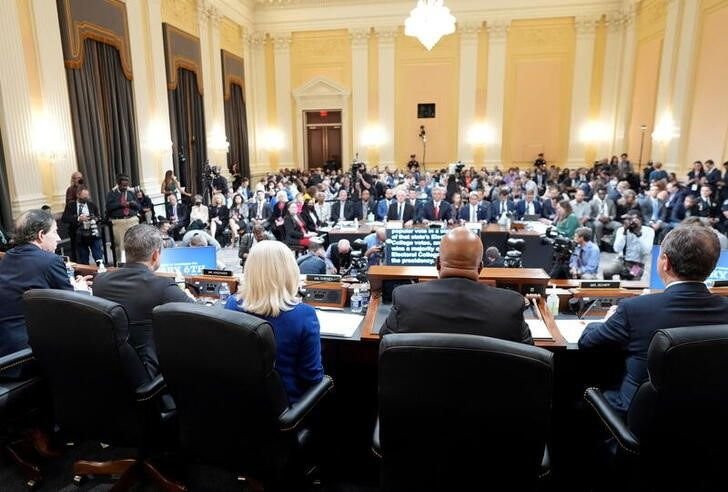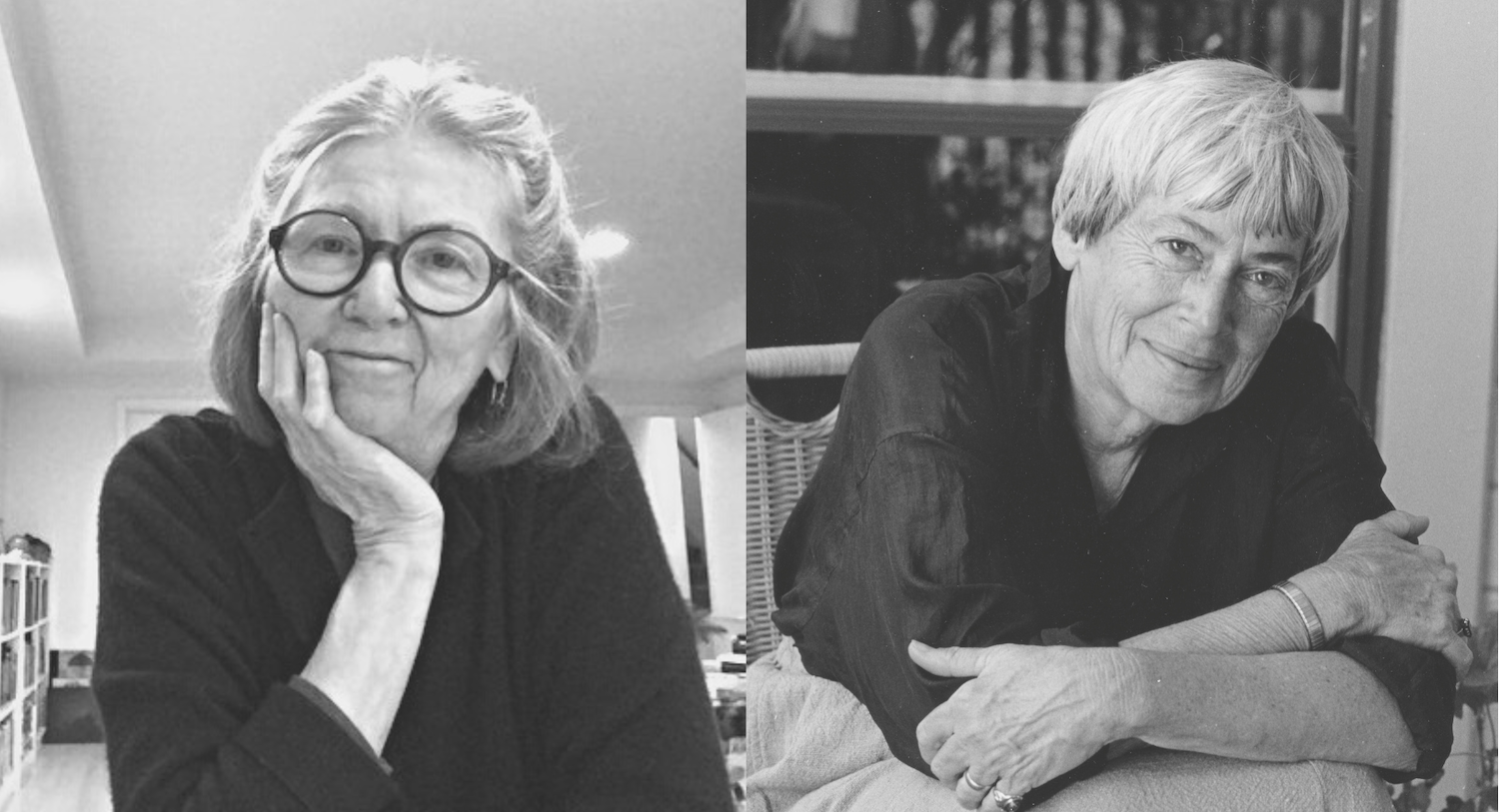March 30, 2023
“You are a pioneer woman.”
-Carl Jung to Christiana Morgan
My grandmother, Anita Figueredo, told a story at my grandfather’s funeral almost twenty-five years ago that I still find myself thinking about all the time.
My grandparents met in New York on their first day of medical school in 1936. One of only four female students in the class, my grandmother went on to become a pioneering cancer surgeon, breaking all sorts of barriers for women in medicine. She also paid particular attention to female patients who were otherwise overlooked and underserved. She was the doctor for the nuns in her community, for instance, who had no other way to receive medical care comfortably, and she was personally trained by Dr. George Papanicolaou in the early detection of cervical cancer, helping to integrate the Pap smear into standard preventative care for women across the US. My grandmother is still remembered widely for the tenderness and skill with which she treated her patients, as well as for the operating theaters and board rooms she entered at a time when women were systematically and methodically kept out.
But, of course, that history may very well have never been.
The story my grandmother recounted at my grandfather’s funeral was of a day in the early ‘50s, some ten years into their marriage, when she returned home from work to find the house a disaster and the children (they ultimately had nine) crying or fighting. Their housekeeper, overwhelmed, had just quit. My grandmother greeted my grandfather in tears when he returned home and told him that the situation was not sustainable; she had come to the clear conclusion that she would have to give up medicine. She would become a housewife, she told him, like every other woman they knew, and stop pretending that anything else was possible. My grandfather looked her in the eyes, placed his hands on her tiny shoulders (she was not even five feet tall), and told her: “We both went to medical school. We are both doctors. You are not giving up your practice. We will figure this out.”
And so, my grandmother, against unquantifiable odds, continued to go straight from conducting surgery to the delivery room—literally. She retired at 80 years old with an illustrious life story. Her name isn’t as known as perhaps her family would like it to be, but her legacy is well respected and she is remembered.
I have been reflecting on all of this a lot over these past months in particular following our recent seminar on Christiana Morgan. Throughout our reading and discussions, I was reminded over and over again of all the ways in which women’s careers can be derailed not only by the countless social and cultural obstacles in their paths, but by the men in their lives. My grandfather is celebrated for not having colluded with the status quo and instead supporting his wife fiercely in her career. (He was so proud.) But had he agreed with her that day instead about what was needed, he would never have been looked down upon; it was simply the way things were. His career would have continued to flourish and he, rather than her, would have been the brightest star of the family.
Luck has nothing to do with it but, as they say, Christiana Morgan was not so lucky. The work of so many other women is “anonymous” or published under the name of their professor or husband, or professor-turned-husband, if they are able to publish at all.
In the case of Christiana Morgan, a true pioneer in the field of psychology, the original co-author of the Thematic Apperception Test (TAT) still widely used in psychological assessments, the subject of Jung’s Vision Seminars, and Claire Douglas’s biography, Translate this Darkness, the majority of her work was co-opted in some form by the men in her life, lost, buried, hidden in archives or degrading without care and concern for her legacy, or her name was erased entirely. Despite the very clear history around which Morgan led the creative work and development of the TAT, for instance, Harvard removed her name completely; she is no longer listed as a co-author.
Christiana was denied a formal education because of the era in which she was born female, yet she was a highly trained psychoanalyst and psychologist and was one of the founders of the field of American psychology. It’s a tragedy for all of us that her work is not more known and respected; a repeated assault on all of our sense of history that it was exclusively men who founded the field of psychology and made the advances. We know, pulling back the veil just slightly, that women were systematically excluded from academia and professional circles, muffled or sexualized when they made their way in, and then—if they did still somehow manage to produce work—were published under a more decorated man’s name or removed from history after the fact.
This history absolutely needs to be corrected.
I’ll be writing more about all of this in the future because a great deal was stirred up in the course on Christiana and there are now actions popping up all over the Salome community to protect her work and enhance her legacy. We’ve had the great honor of developing a relationship with Christiana’s granddaughter, Hilary Morgan, who is informing and collaborating in this work and there’s a great deal more to come. Please stay tuned. And if you already know you’re interested in helping, drop me a line.
xo, Satya
Satya Doyle Byock, Director of The Salome Institute of Jungian Studies















